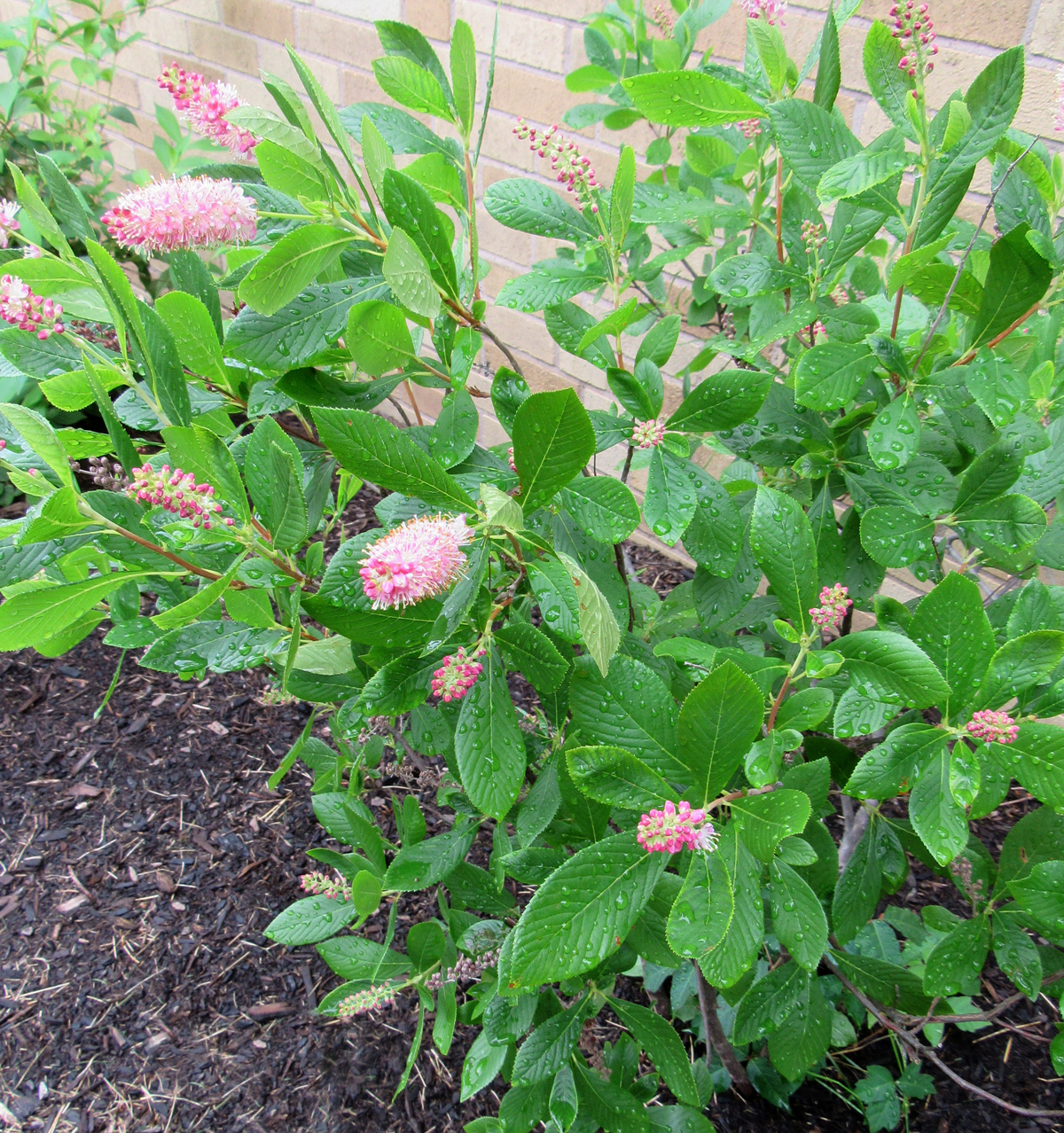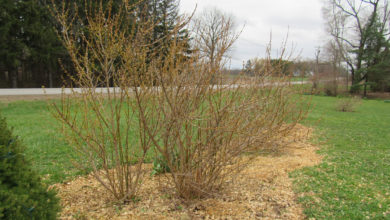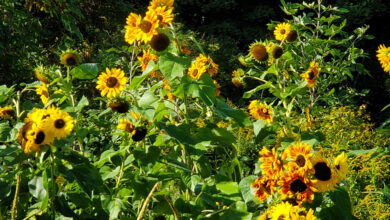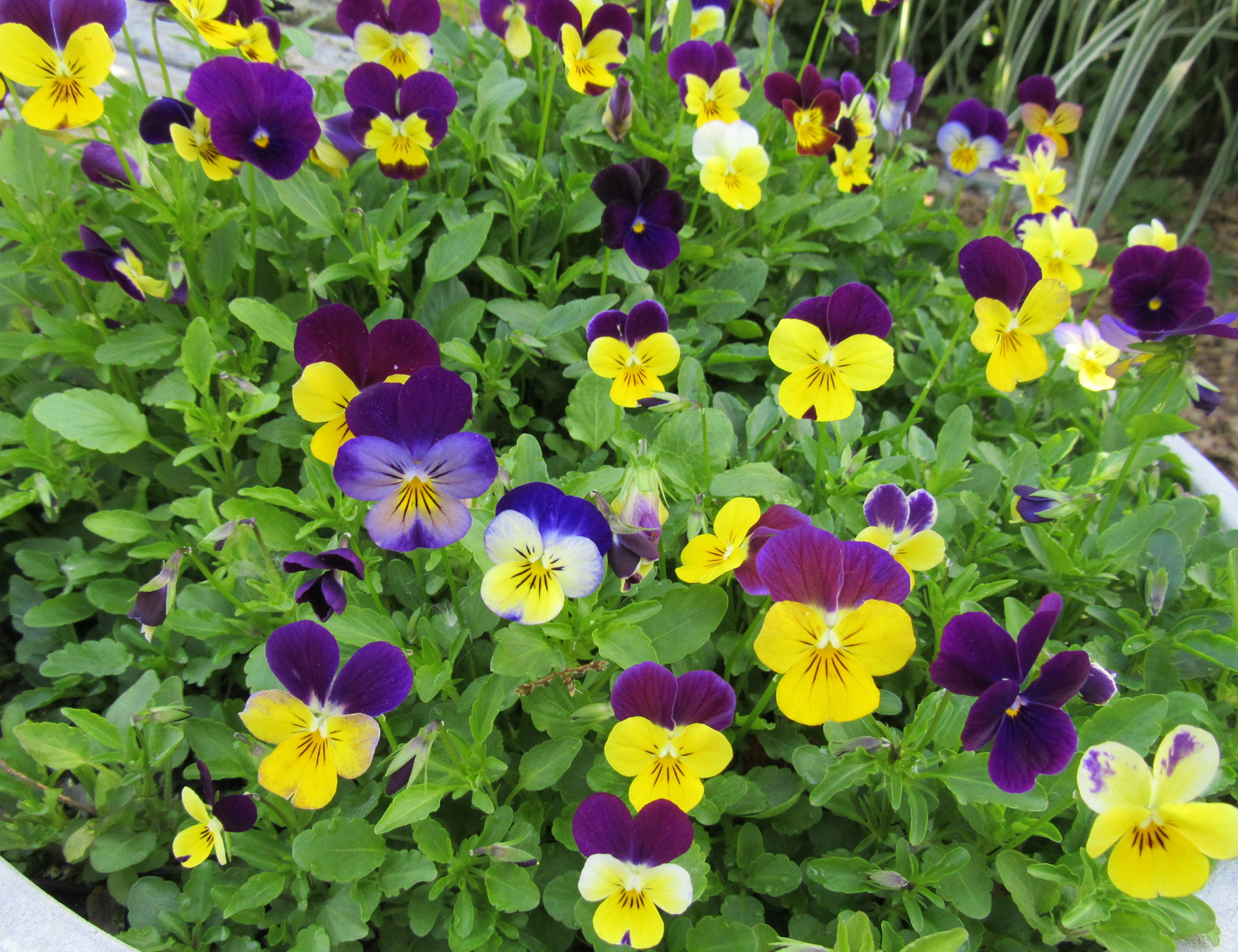Coneflowers carry the garden into mid-summer
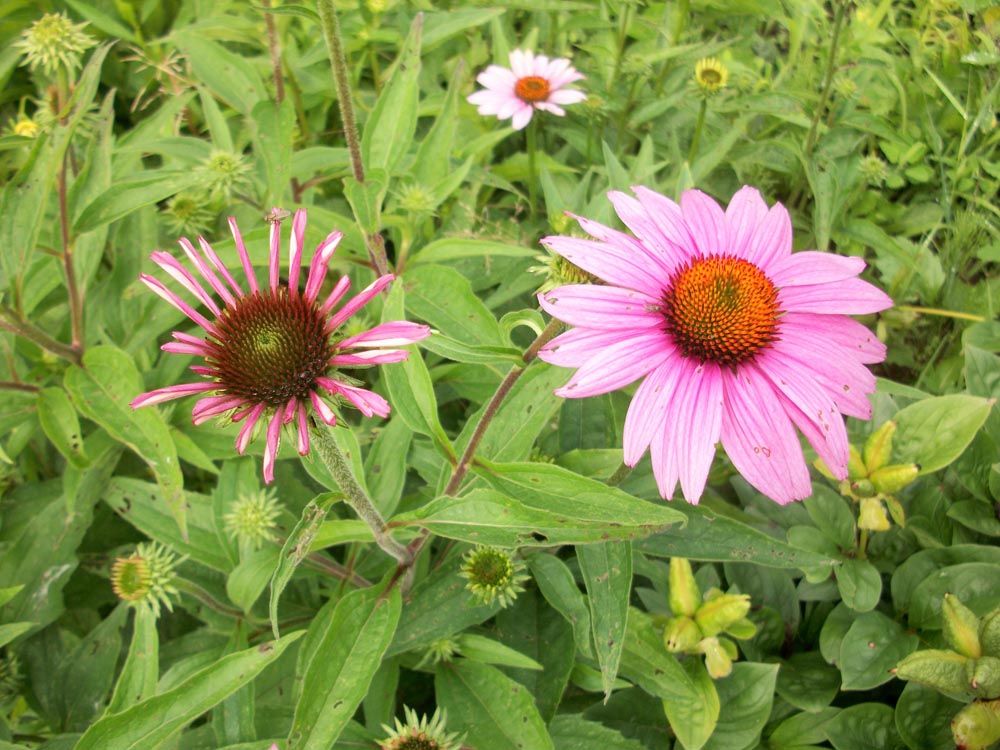
For many years, I snubbed planting purple coneflowers (Echinacea purpurea) in my borders, beds and cut flower gardens. For a reason I can’t remember, I wasn’t impressed with the daisy-like, purplish-pink flowers with a spiny central disk or cone.
Boy, have my tastes changed. Coneflowers are now a staple in my gardens for many reasons. They are tough and reliable and are magnets for birds and butterflies.
Coneflowers are happiest in full sun, but they will tolerate partial shade as well as clay soils and dry soils. They are native to moist prairies, meadows and open woods of the central and southeastern U.S. The hardy plants thrive in zones 3-8 and bloom from June through August.
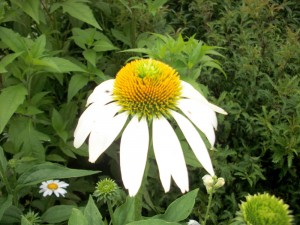
My coneflowers began blooming in early July and I will enjoy them during the remainder of the summer. Come autumn and winter, the dried seed heads will provide food for the birds, especially goldfinches. The plants readily self-sow, which I like, particularly in the cutting garden, because their growth suppresses weeds and they easily form large masses of plants.
Some species of coneflower are used as an herbal remedy because of the plant’s immunological effects. Whether you use them for medicinal purposes or not, they make a welcome addition to perennial borders, meadows, native gardens and naturalized areas. Coneflowers make great companions for other easy to grow perennials such as golden rudbeckias. I also like growing coneflowers along with daylilies, phlox and helianthus.
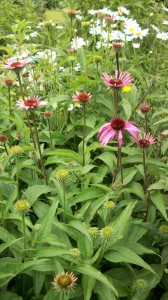
You can divide coneflowers about every four years. I don’t usually do that, but I have found they transplant easily and I also like to spread the seeds in places where I want consistent summer color and have had difficulty getting anything else to grow.
Right now, I have the familiar purple and white varieties, but there is much excitement in the gardening world over new hybrids which have yellow, orange, burgundy and cream blossoms. I am anxious to try some different colors in my gardens.
Most coneflower varieties have strong stems which make them excellent cut-flowers. They are a stunning addition to summer bouquets and the blooms are also long-lasting in the vase.
Coneflowers are deer-resistant and are mostly trouble-free plants, however, I do have problems with Japanese beetles eating the blossoms. It’s frustrating, especially since I like to use them as cut flowers, but even though some blooms sustain damage, the plants appear unharmed and I usually have enough untouched blossoms for bouquets. I won’t use pesticides on the blooms because they are so popular with birds, butterflies and bees.
Bumblebees love them and I often see them resting on the large cones on cool, early mornings in the summer. One time, while harvesting blooms, I didn’t see a bumblebee sitting on a flower and pinched the bloom and bumblebee with the inside of my elbow. It’s the only time I’ve ever been stung by a bumblebee – very painful!
Here is a list of some interesting coneflower varieties I’m hoping to try:
•“Fatal Attraction” has strong, dark, almost black stems, making it great for cutting
•“Fragrant Angel” has an extra-large white flower with a soft fragrance
•“Orange Meadowbrite” has orange-rose colored blooms with slender petals
•“Mango Meadowbrite” has mustard-yellow petals with a yellow-orange cone. The narrow petals of the “Meadowbrites” gives them a starry-like effect in the garden and are best planted in large numbers for impact
•“Razzmatazz,” is pink with a fluffy mop head of petals topping the cone. This one does best with staking
•“Harvest Moon” has warm gold flowers and produces lots and lots of blooms.
There’s much to like about coneflowers – low maintenance, drought tolerant, deer resistant and colorful. They make a great addition to the garden and will also keep your yard alive with busy butterflies, birds and pollinators. I’m glad to have them as part of my beds and borders.
Photos by K. Gabalski
About the writer
Byron resident Kristina Gabalski says she was inspired to garden by her maternal grandmother. Though she never knew her, she grew up in the same house her mother was raised. “I think gardeners leave a bit of their soul behind in the soil they plant and tend,” she said of the gardens she knew as a child. Her most recent effort has been to establish several gardens on land surrounding her home. In addition to a vegetable plot, she has a mix of several borders and beds around the property which include annuals, perennials, shrubs, trees and even fruit. Her column, “Get Out & Grow” is included in Suburban News and Hamlin-Clarkson Herald newspapers on a regular basis, ideally every other week, from April through late fall.


